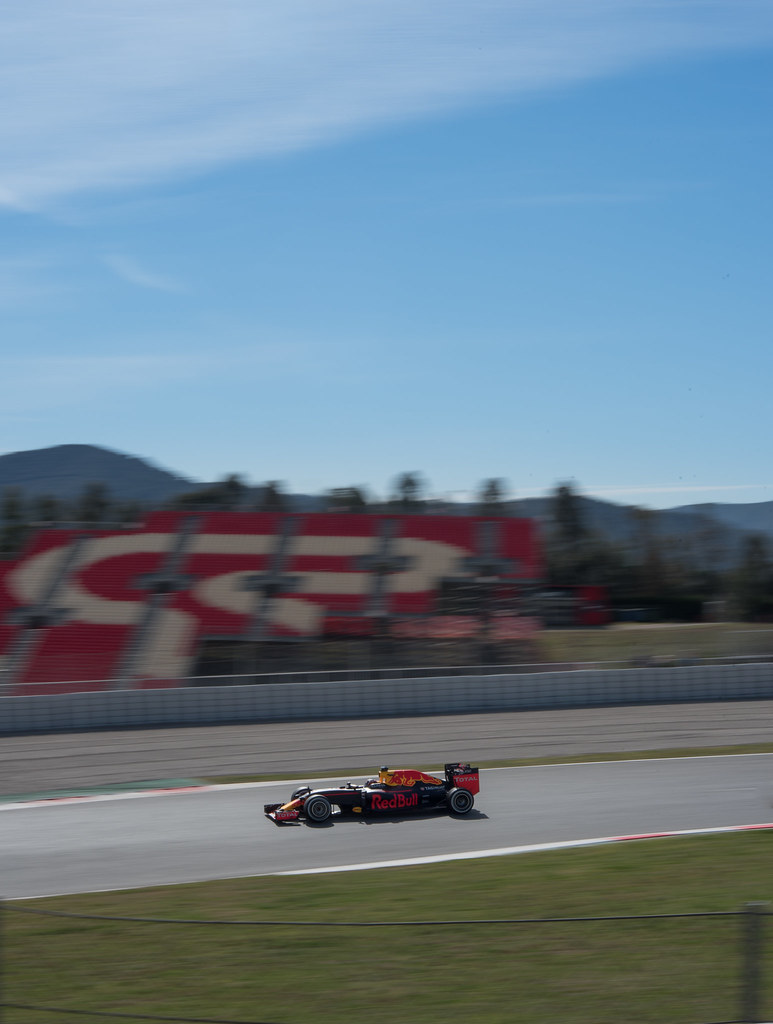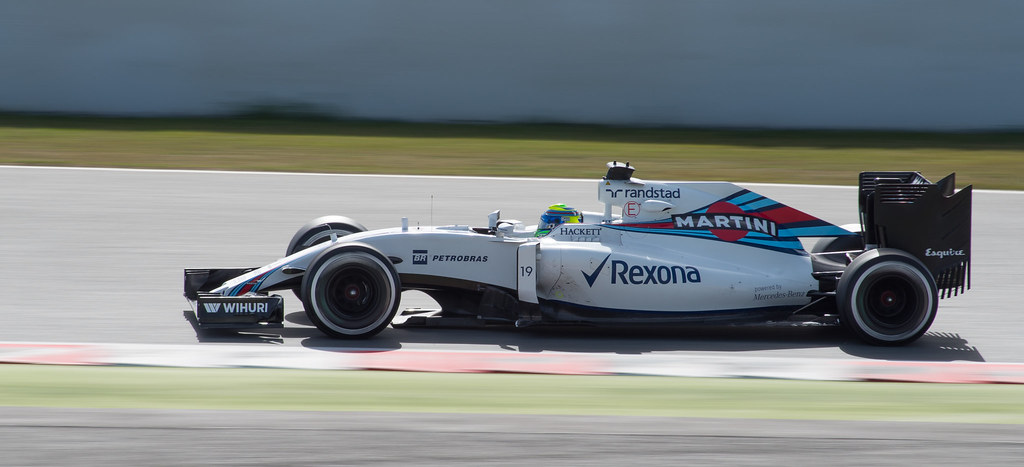I agree that Ratzenberger would have benefitted more from HANS, but a halo would have deflected the tire that struck Senna on the head.
Senna was killed by a suspension arm and also a part of the upright piercing his helmet. Either of those were fatal. Not the impact of the tyre, although that certainly didn't help.
Last edited:












 Ratzenburger was also due to massive deceleration rather than impact to the head.
Ratzenburger was also due to massive deceleration rather than impact to the head.